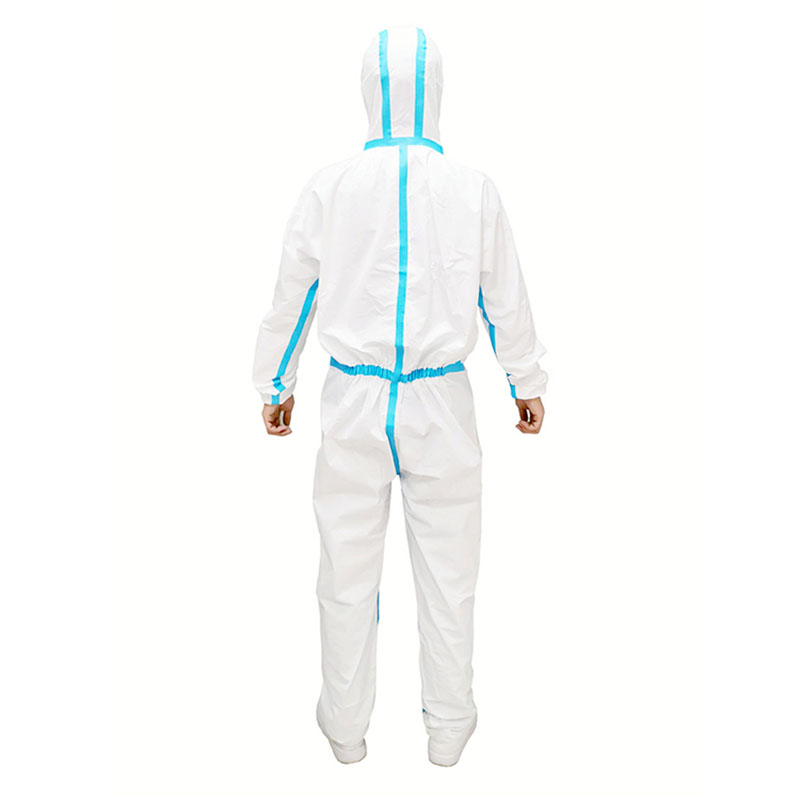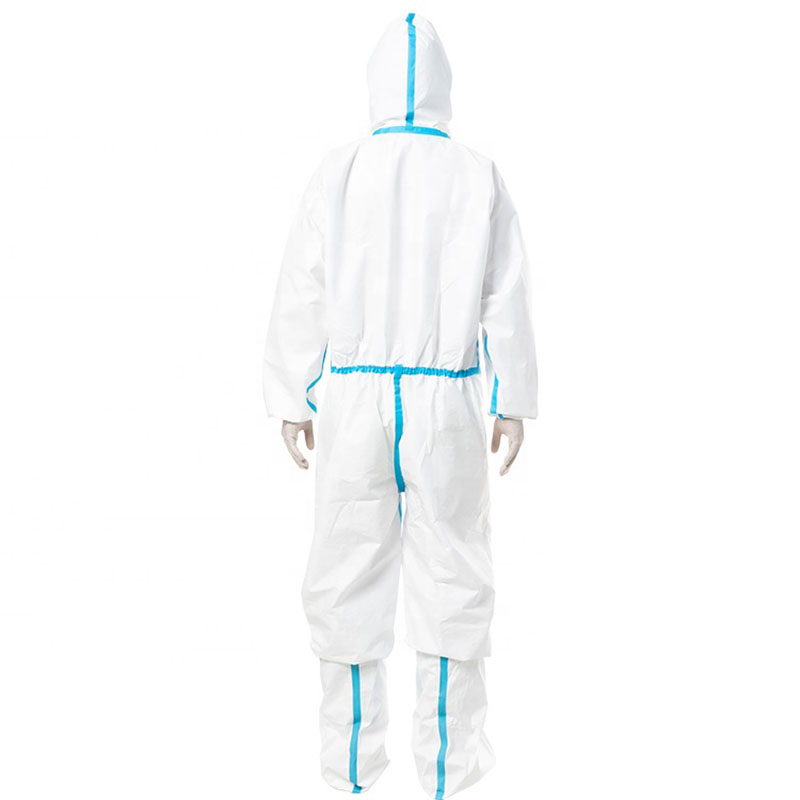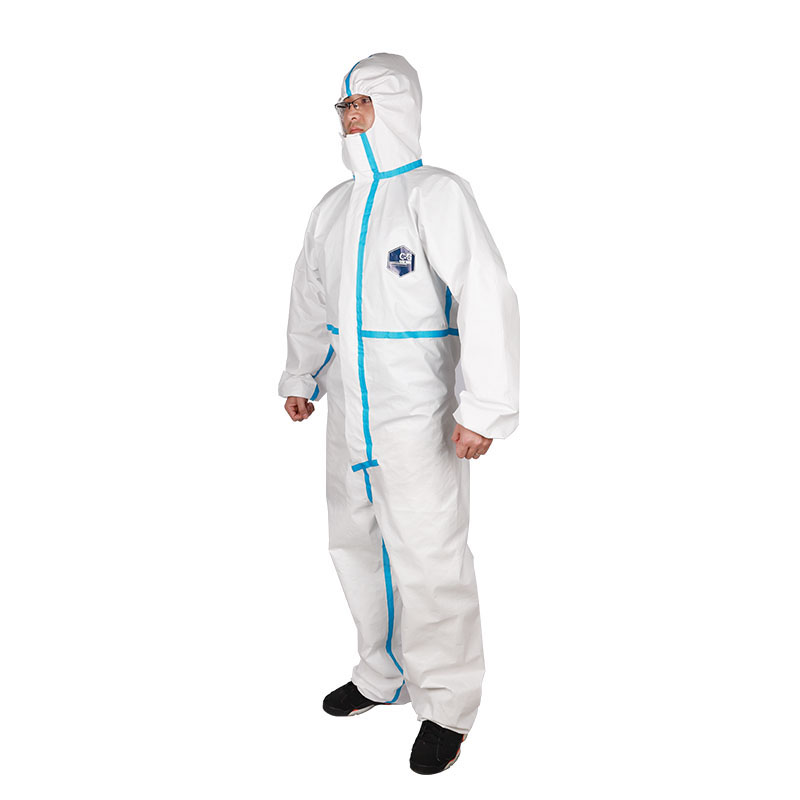Plant nutrients that are soluble in water and can be absorbed and transported by the stems and leaves of crops can be used as fertilizers for plant foliage. These fertilizers that are used as fertilizers for plant foliage are called plant leaf fertilizers. Summer crops are mostly sprayed with foliar fertilizers. In this section, the microbiological fertilizer expert Kampo will introduce some knowledge about foliar fertilizers. 1. Advantages of foliar fertilizer The various nutrients that plants need can be absorbed not only from the root but also from the stems and leaves of the aerial parts. Nutrients can generally enter the leaf cells through pores or passages in the stomata or the stratum corneum of the leaves. The nutrients absorbed by the leaves and the nutrients absorbed by the roots can all be assimilated and operated in the plant. Therefore, fertilizing plants can be done by external root fertilization, commonly known as foliar fertilization. This is a timely, effective, and economical method for providing plants with supplementary nutrients. The effect of foliar fertilizer is faster than that of root fertilization. Various nutrients can be quickly absorbed on the leaves of plants. The adverse effects of soil on nutrients can be avoided, and the application amount is less than that of the roots. In the same effect, the amount of root fertilization is greater than the amount of foliar fertilizer. It is not limited by the size of the ability of nutrient elements to move within the value object. The utilization rate is high and the effect is good. Foliar fertilizer can also be used as a soaking seed, but it can only be used as a top dressing when fertilizing the leaves. When the leaves absorb nutrients, they transport the absorbed nutrients to the various components of the plant through the channels in the plants. Can timely and urgently add nutrients to plants, without losing time or mistaken for farming. 2. Types of leaf fertilizer There are 16 kinds of essential nutrients in plants, of which manganese, iron, zinc, boron, molybdenum, and chlorine are only contained in a few parts per million to parts per million in the dry matter of plants, so they are called micronutrients. At present, China's foliar fertilizers can be roughly divided into five types: foliar fertilizers mainly composed of large amounts of elements; foliar fertilizers mainly composed of trace elements; foliar fertilizers containing plant growth regulators; foliar fertilizers containing amino acids; Foliar fertilizer containing fulvic acid. According to the characteristics of plant leaf surface absorption of nutrients, the foliar fertilizer can be made into various types, including water agents, emulsions, powders, oils and the like. Aqueous agents are one of the most commonly used types, and nutrient concentrations are often expressed as a percentage or a molar concentration. Emulsions are beneficial to the affinity of nutrients with the foliage and beneficial to the absorption of nutrients by the foliage, so the effect is better than the aqueous agent. Oil is a wool formulation, which is a commonly used dosage form for research and testing. It is particularly difficult to lose and can be limited to where it is applied. 3. The development direction and prospect of foliar fertilizer High-yield, high-quality and low-cost are the main goals of modern agriculture. This requires that all agricultural technical measures include the economics of fertilization. The application of foliar fertilizer is a supplementary or auxiliary method for soil fertilization and strengthens the adjustment ability of plant nutrition, and it is a cost-effective measure. In the use of foliar fertilizer, in addition to considering its economic and social benefits, it should fully consider the possible environmental problems. Since the foliar fertilizers are applied in the form of liquids, liquid nutrients have great mobility, and fertilizers and their carriers should be avoided from directly entering human bodies, biological chains, or other ecosystems to prevent the destruction of ecological balance and ensure the health of humans and animals. Safety. Jinbao's sweetening coloring agent is a pollution-free foliar fertilizer and is also welcome to farmers. For more details: Beijing Huaxia Kangyuan Technology Co., Ltd. Telephone Toll Free Extended reading: How to manage Apple's growth in the late period? Crop science fertilization points: microbiological fertilizer can not be known
Medical protective clothing refers to the protective clothing used by medical personnel (doctors, nurses, public health personnel, cleaning personnel, etc.) and people entering specific medical and health areas (such as patients, hospital visitors, personnel entering infected areas, etc.). Its function is to isolate germs, harmful ultrafine dust, acid and alkaline solutions, electromagnetic radiation, etc., to ensure the safety of personnel and keep the environment clean.
protective clothing,personal protection,disposable surgical protective clothing Shanghai Rocatti Biotechnology Co.,Ltd , https://www.shljdmedical.com


Foliar use advantages and features